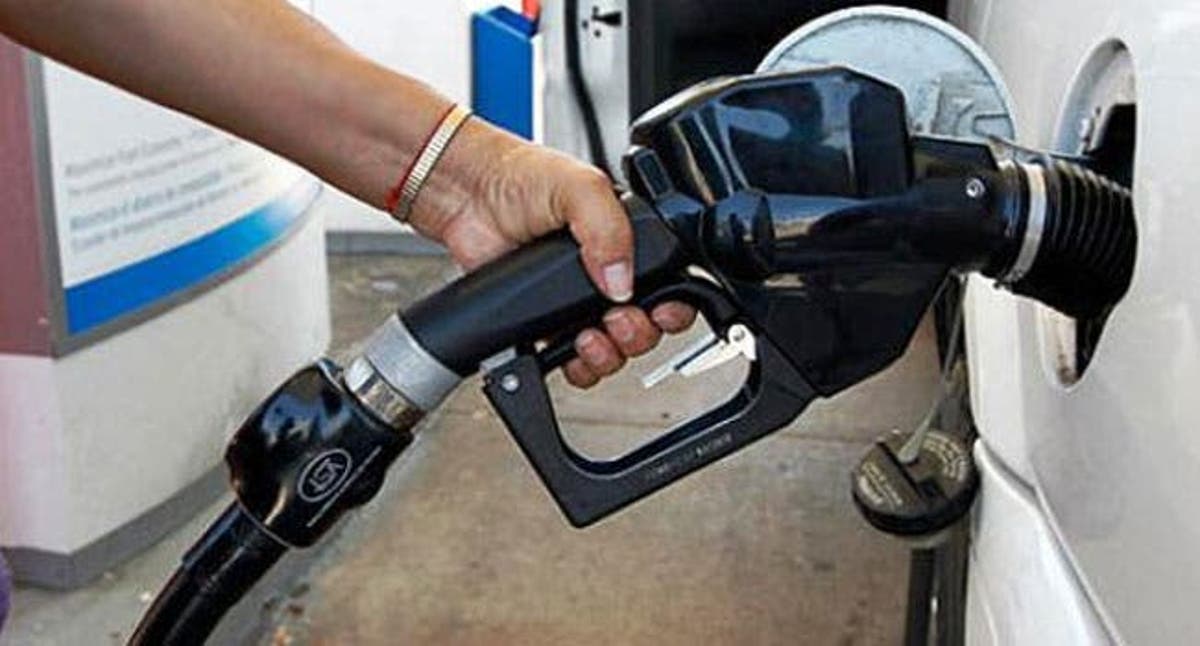By Olanrewaju Oyedeji
DataCheck on NNPCL’s Claims
On September 1, the head of the Nigerian customs accused the Nigerian National Petroleum Company Limited of incorrect daily petroleum consumption figures. The bone of contention was the daily consumption figures and the corresponding rising subsidy bill. There also might have been a merry-go-round about who is to blame for oil theft but the subsidy bill and daily consumption figures were front and centre.
The customs boss, Hameed Ali, was quoted as saying, “I remember that last year we spoke about this (subsidy). Unfortunately, this year, we are talking about subsidies again. The over N11 trillion we are going to take as debt, more than half of it is going for subsidy. The issue is not about the smuggling of petroleum products. I have always argued this with NNPC. If we are consuming 60 million litres of PMS per day, why would you allow the release of 98 million litres per day? If you know this is our planned consumption, why would you allow that release?”
- Unilorin VC-designate, Egbewole, promises fairness
- Supreme Court justices drops to 13 as Aboki retires
In reaction, the NNPCL defended the daily petroleum consumption figures, insisting that daily consumption of Premium Motor Spirit, popularly called petrol, across the country was 68 million as against customs’ claim of 60 million and even offered to submit itself for forensic audit of its PMS supply and subsidy management.

The oil company went on to state that ‘N297 was spent per litre’ on petroleum subsidy between January and August 2022. And it then stated that without subsidy, fuel pump price will be N462/litre.
Naturally, this kind of news further drives up anxiety and leads to speculations among Nigerians who are already dealing with high costs of everything. It might reinforce fear among citizens on the removal of subsidies.
Arguments, counter arguments and speculations aside, will the pump price for petrol really be N462/litre without subsidy?
How factual are the claims by NNPCL about subsidy per litre, and how much it will cost to subsidise at either the widely circulated 60 million or 68 million consumption figures?
CLAIM 1: NNPCL paid subsidy of N297 per litre on 68 million litres of petrol daily from January to August, 2022
VERDICT: N297 as the average figure spent per litre of petroleum is INACCURATE
According to reports by many media houses, Garbadeen Muhammad, the official spokesperson of the NNPCL, issued a statement that the average figure spent on subsidy per day in the country is N297/litre.
While it’s unclear how NNPCL arrived at the figure, in its FAAC report for August 2022, the NNPCL stated that it spent a total of N2.458 trillion as subsidy payment from January to August 2022.
Dataphyte’s review shows that the amount paid as subsidy per litre of petroleum varied between N99-N210 in the eight months under review, with a daily consumption of 68 million litres and at no time did the NNPCL pay N297 to subsidise a litre of petroleum.
Further review shows that the average amount paid in the eight months for each litre of petroleum consumed stands at N149.935 as against the widely reported N297.
Even if the daily consumption stood at 60 million litres as claimed by the Nigerian customs, the average amount spent on each litre of petroleum would still not have amounted to N297.
The claim of N297 per litre of petroleum is not plausible given that, if that is the amount spent on subsidising each litre of petroleum in the eight months under review, Nigeria would have spent more than the N2.485 trillion it spent on subsidy in the period under review.
With the 68 million daily consumption figure quoted by the NNPCL and following the eight months trend, the country may only need to spend N3.721 trillion on subsidy for the entirety of 2022, as against the N6.5 trillion the NNPCL is demanding for subsidy payments for the year.
Even if the consumption figure were to be 60 million litres daily, the country, based on the eight months trend, will still only spend N3.721 trillion on petroleum subsidy.
Claim 2: The NNPCL stated that the combination of cost elements translates to a retail pump price of N462/litre
Verdict: The Claim is FALSE
Now, will fuel sell for N462/litre without subsidy as the NNPCL has said? Analysis of subsidy costs per litre of petrol shows that without subsidy, fuel prices would have ranged between N264-N377 between January and August and would not have reached the N462/litre as has been said.
How much would petroleum cost each month between January and August without subsidy? See the chart below.
Could fuel prices reach N462/litre before the end of the year? Crude oil prices have fallen since it rose to a high of $122.7/ barrel in June; if it continues to fall or does not rise beyond the June high point, it is unlikely that the price of petroleum per litre will rise to N462/litre in 2022.
Claim 3: The country consumes 68 million litres daily
Verdict: The Claim is Questionable
The NNPCL has maintained that the average daily consumption figure from January to August is 68 million litres.
The review shows, however, that the company’s claim should be questioned at the least. Why? Considering that there was severe fuel scarcity in the first four months of the year with long queues and a thriving black market where fuel went as high as N550/ltr, it is impossible that actual consumption would not have been affected.
Scarcity signals the absence of a product, and with petroleum subsidies based on actual consumption, it is unclear how the consumption rate was not affected when people could not buy/consume petroleum.
Based on the subsidy figure made available by the NNPCL in its monthly FAAC report and further analysis done by Dataphyte, the daily consumption ranged from 45.263 million litres daily to 96.554 million litres daily between January and August, 2022.
The 68 million litres ‘daily consumption’ credited to NNPCL is the daily average for the eight months and not a real time, per day consumption for each month.
Thus, Nigeria’s daily consumption does not stand at 68 million litres but rather ranges per time based on demand.
As controversy continues over Nigeria’s subsidy expenditure, there are continued concerns over its sustainability, especially in relation to impacts on the revenue available for economic growth and development.
Culled from https://www.dataphyte.com



